An ongoing work about the transcient histories of Europes mining industries and their re-iterations within modern touristic industrial heritage trails.
Since the decline of heavy industry and pit closures following the 1984-5 miners strike the discourses surrounding the abandoned mine have incorporated theories of post-industrial space and ‘ruin’. Ways of representing the mine have changed dramatically as questions have been raised surrounding the heritage status and preservation of these spaces, which have in turn become commodified and re-populated by heritage industry tourists. It is significant that the aesthetic recapitulations or representations of these spaces are also coloured heavily by the shifts in the traversal of the landscape; movements from one industrial site to another previously provoked by the world wars, the industrial revolution or the wandering impulses of Guildsmen or migrants are now overlaid by the mapped, documented and curated trails of the ‘European Route of Industrial Heritage’ leading tourists from one disused site of labour to another.

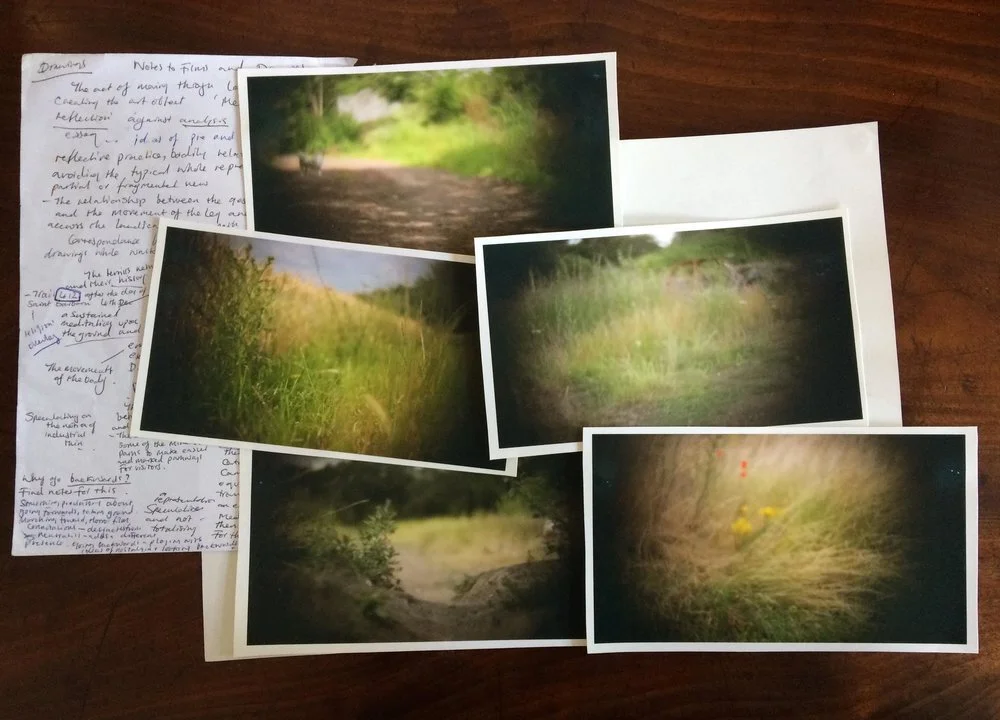
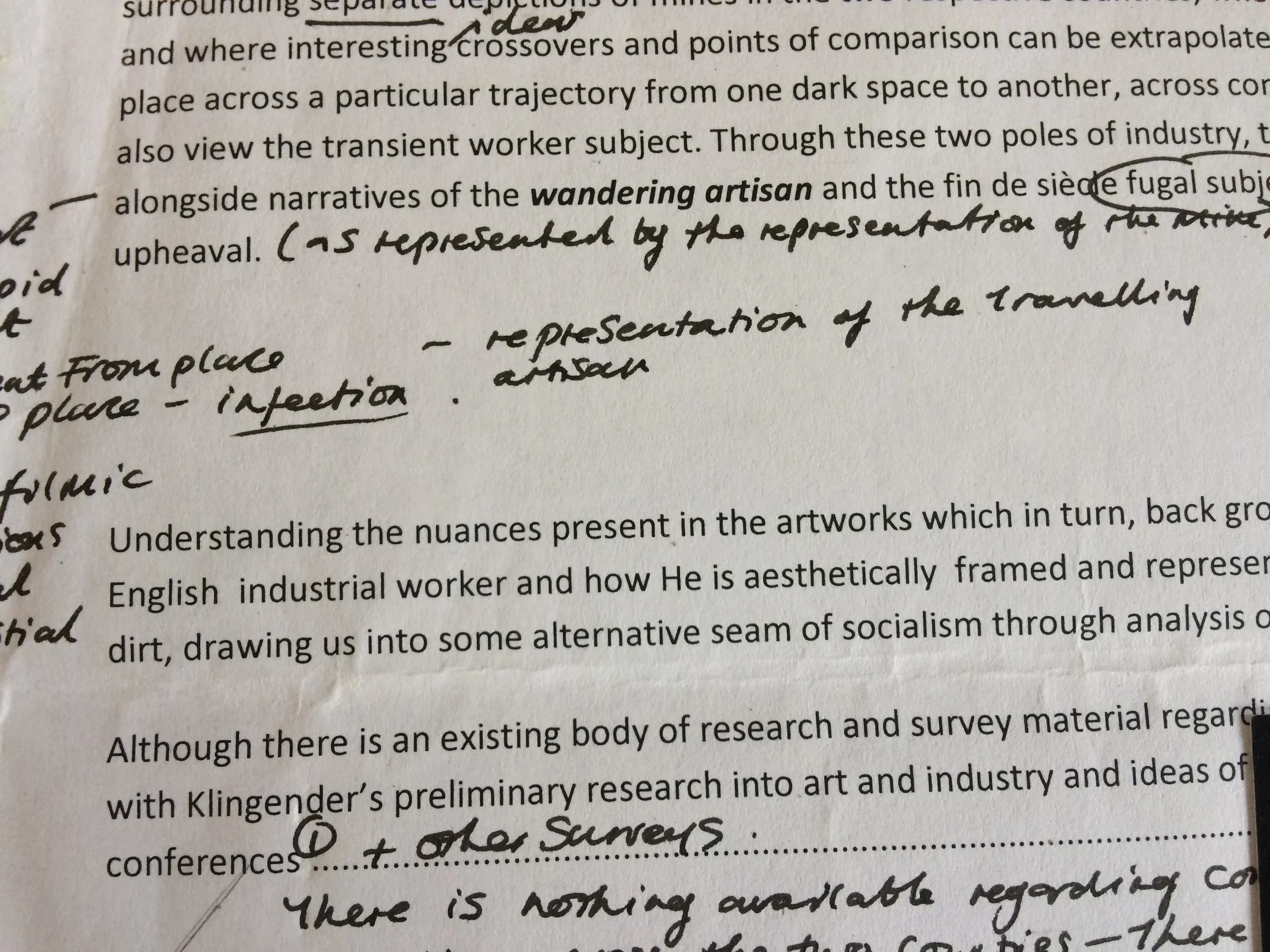
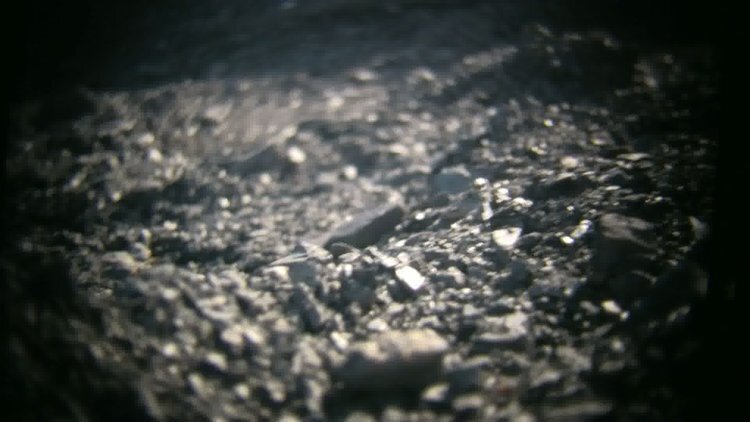
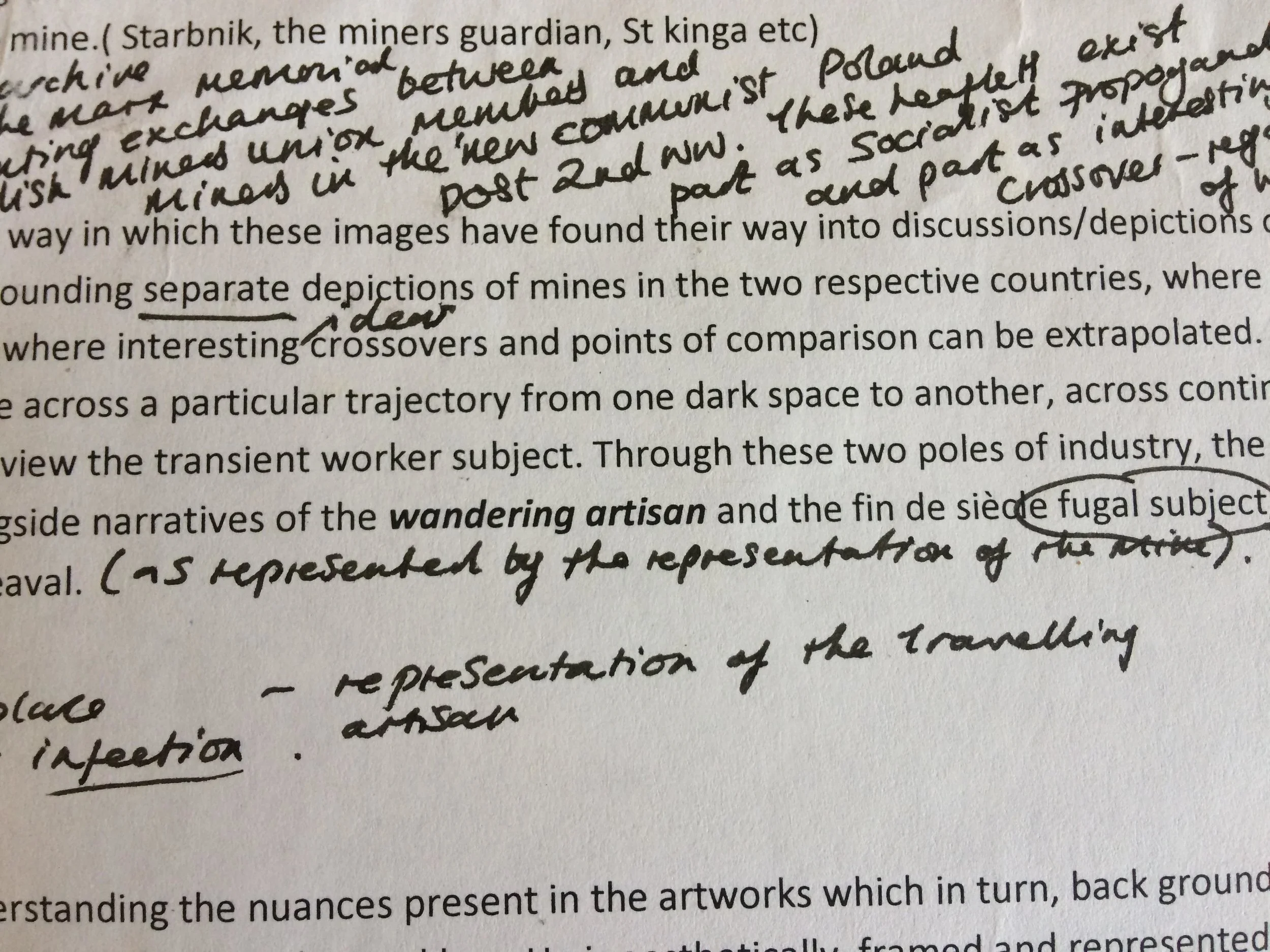


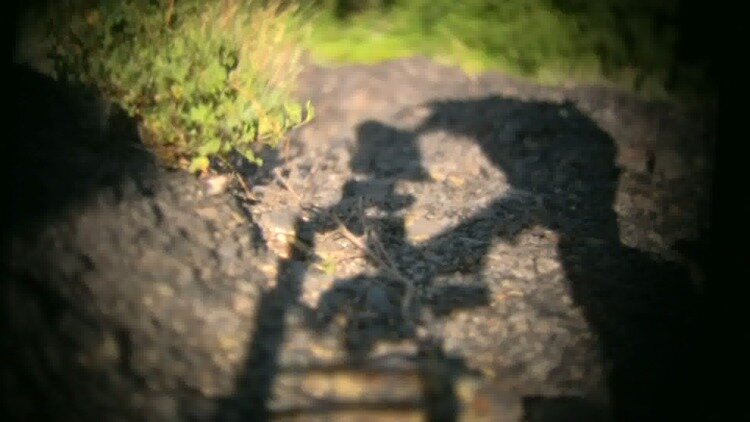
Alongside or as counterpoint to these trails, the work (an expanding archive of films, photographs, mini essays and performance documentation) addresses other more obscure or overlooked ways of encountering and representing these post-industrial spaces, finding positions from which to reflect upon and untangle the Coal mine in particular as heavily laden signifier of a socio-political mythology of mourning. From these positions the research explores the connectivities and contrasts between European mining sites that may be constituted by outsider perspectives and transient modes of looking (the views found for example on the journeys of itinerant artists, writers, unemployed workers, the travels of fugeurs, vagabonds). With those of the touristic leisure encounter.
Tracing these various ambulatory strains, movements whether transgressive or licensed are given space within the research to stimulate multiple ways of looking at industrial sites. A focus on both the architectural materiality of the space and the movements of a subject through and around it can be drawn through a number of diverse prisms: nineteenth century landscape painting, contemporary art and film, theories of the industrial sublime, Baroque architectural theory, catholic industrial histories, spaces of religious experience and Eastern European pilgrimage trails, Marxist nostalgia, subterranean acoustics, popular entertainment cultures (miners bands, working mens’ clubs) and the experiences ( exhibitions, tours, concerts,) now licensed and facilitated by the industrial heritage tourist industry.
The work is an evolving archive, paperbased and digital, documenting various journeys to and from mining sites, subjective explorations of my grandparents own experiences with the mining industries in Wales and Poland and a series of films. See Terril Walk and Journey to Goslar and read text .



